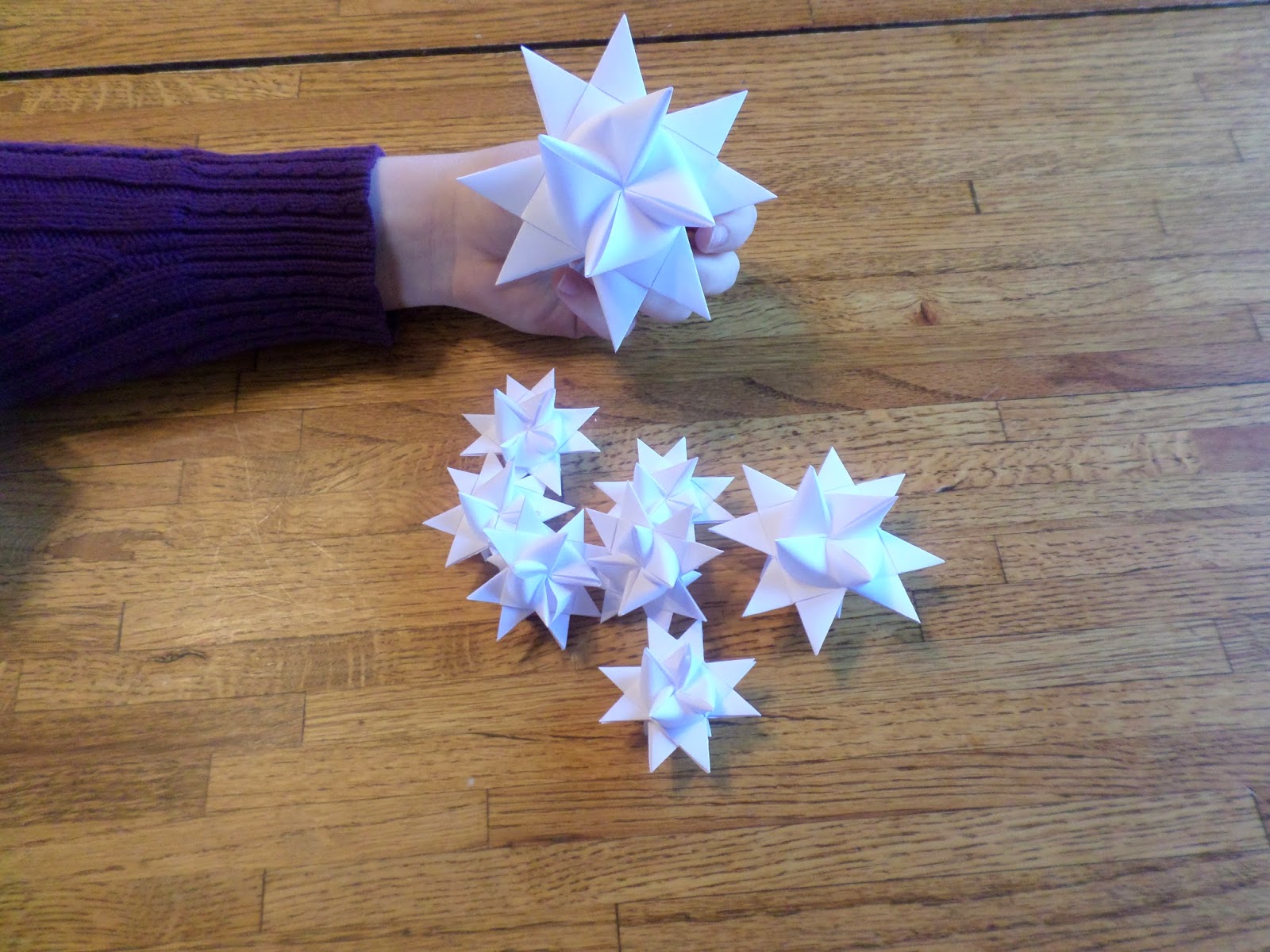 |
Nativity by Fra Filippo Lippi (detail)
via Wikimedia Commons |
This
traditional English carol was apparently part of a medieval mystery play and has eleven verses of Christ himself telling the whole story of his birth, life, suffering and death, and ascension, but most recordings, like the one below, only use the first four verses. This is John Gardner's delightful arrangement.
Tomorrow shall be my dancing day;
I would my true love did so chance
To see the legend of my play,
To call my true love to my dance;
Chorus
Sing, oh! my love, oh! my love, my love, my love,
This have I done for my true love.
Then was I born of a virgin pure,
Of her I took fleshly substance
Thus was I knit to man's nature
To call my true love to my dance.
Chorus
In a manger laid, and wrapped I was
So very poor, this was my chance
Between an ox and a silly poor ass
To call my true love to my dance.
Chorus
Then afterwards baptized I was;
The Holy Ghost on me did glance,
My Father’s voice heard I from above,
To call my true love to my dance.
Chorus
Into the desert I was led,
Where I fasted without substance;
The Devil bade me make stones my bread,
To have me break my true love's dance.
Chorus
The Jews on me they made great suit,
And with me made great variance,
Because they loved darkness rather than light,
To call my true love to my dance.
Chorus
For thirty pence Judas me sold,
His covetousness for to advance:
Mark whom I kiss, the same do hold!
The same is he shall lead the dance.
Chorus
Before Pilate the Jews me brought,
Where Barabbas had deliverance;
They scourged me and set me at nought,
Judged me to die to lead the dance.
Chorus
Then on the cross hanged I was,
Where a spear my heart did glance;
There issued forth both water and blood,
To call my true love to my dance.
Chorus
Then down to hell I took my way
For my true love's deliverance,
And rose again on the third day,
Up to my true love and the dance.
Chorus
Then up to heaven I did ascend,
Where now I dwell in sure substance
On the right hand of God, that man
May come unto the general dance.
Chorus





























